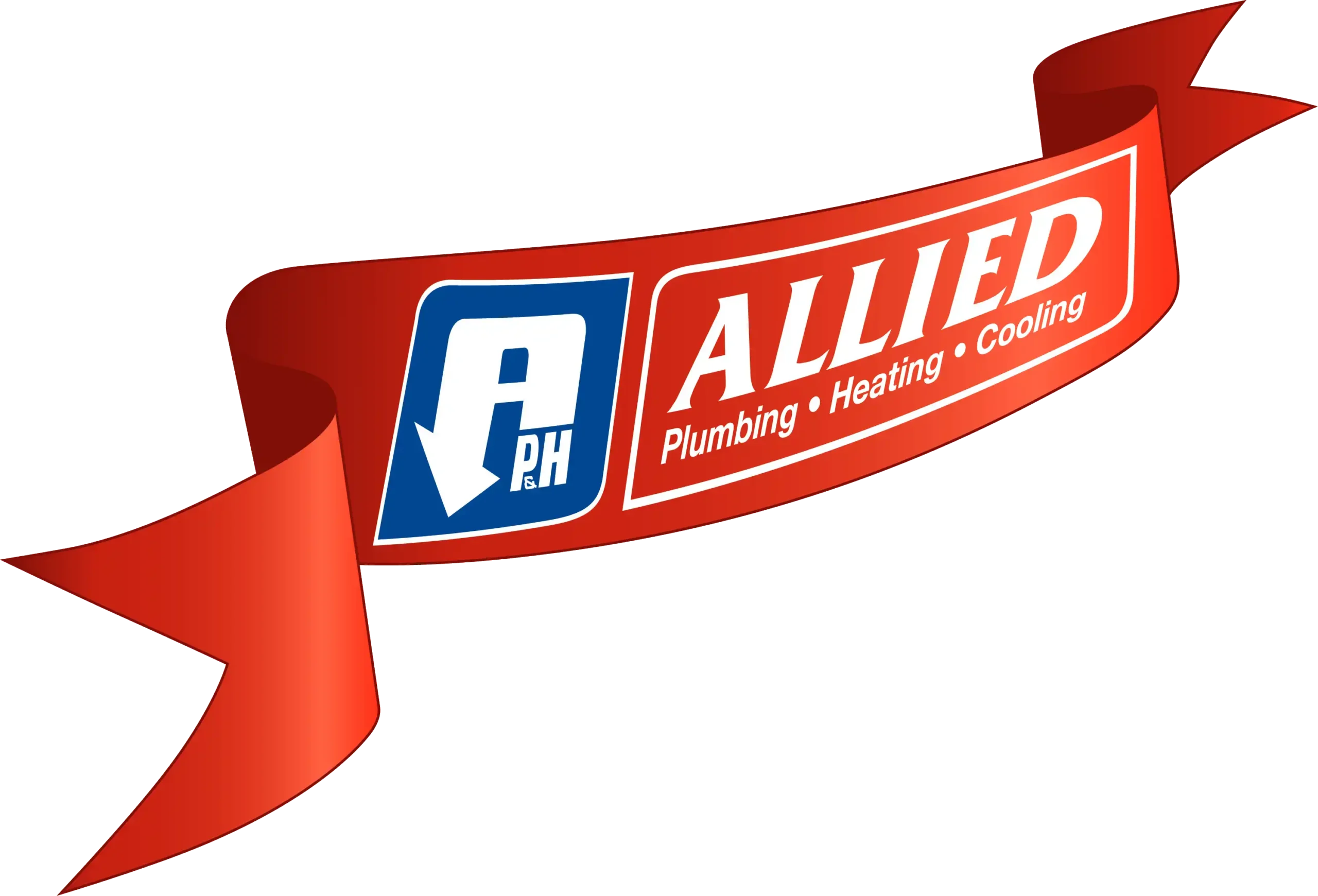A sump pump is a crucial component in protecting your home from flooding and water damage. It channels excess water away from your home’s foundation, particularly during heavy rain or rapid snowmelt. However, like any mechanical device, sump pumps can encounter issues over time that require prompt attention and repair. Ignoring the signs can lead to severe water damage and costly repairs.
Common Signs Your Sump Pump Needs Repair
Strange Noises from the Sump Pump
Unusual noises coming from the sump pump can indicate various problems. Grinding or rattling sounds often mean there are worn-out parts or debris caught in the pump. A humming noise can indicate that the motor is running, but the pump isn’t pushing water out. Clicking sounds might suggest trouble with the sump pump switch. These noises are signs that the pump is not working as it should and needs attention.
Frequent Cycling On and Off
If your sump pump cycles on and off frequently, it may have an issue with the float switch, or it could be undersized for the volume of water it needs to handle. Frequent cycling can also be due to a short in the electrical system or issues with the check valve. These problems cause the pump to work harder than necessary, leading to premature wear and tear.
Presence of Rust or Corrosion
Rust and corrosion can weaken the sump pump’s components, making it less effective at expelling water. Rust can also indicate iron bacteria, which can clog the system and impede its performance. If you notice rust or corrosion on your pump, it’s important to have it inspected and repaired by our professionals to extend its lifespan and maintain its efficiency.
Diagnosing the Problem: Our Expert Approach
Initial Assessment and Inspection
Our technicians start with a thorough assessment and inspection of your sump pump. They will check for visible signs of damage, listen for unusual noises, and observe the pump’s cycling behavior. This initial step helps us identify obvious issues that need immediate attention.
Common Diagnostic Tools Used
Our professionals use various diagnostic tools to diagnose the problem accurately. Multimeters are used to check the electrical components, ensuring they are functioning correctly. Pressure gauges can help determine if the pump is operating at the right pressure levels. Our technicians also use specialized cameras to inspect the sump pit and connecting pipes for blockages or damage.
Identifying the Root Cause
After the initial assessment and using diagnostic tools, our professionals pinpoint the root cause of the problem. Whether it’s a faulty float switch, clogged pipes, or an electrical issue, identifying the main problem allows us to recommend the most effective repair solutions. This thorough approach ensures we address the issue completely and prevent future failures.
Effective Repair Techniques by Our Professionals
Replacing Faulty Components
Our professionals are trained to replace any faulty components in your sump pump. Whether it’s the float switch, impeller, or motor, our technicians ensure that each part functions correctly. They use high-quality replacement parts to restore the pump’s efficiency and reliability. This helps prevent future breakdowns and extends the life of your sump pump.
Sealing and Waterproofing Solutions
To protect your sump pump and surrounding areas, our technicians provide sealing and waterproofing services. They seal any cracks in the sump pit to prevent groundwater from entering. Additionally, they apply waterproof coatings to protect the pump and electrical components from moisture. These solutions help maintain the pump’s performance and protect your home from water damage.
Ensuring Proper Power Supply
A dependable power supply is crucial for your sump pump’s operation. Our technicians inspect the electrical connections to ensure they are secure and functioning correctly. They also check the backup battery system to make sure it kicks in when the primary power source fails. Ensuring a consistent power supply guarantees that your sump pump works when you need it most.
Preventative Maintenance Tips to Avoid Future Issues
Regular Inspection Schedule
Regular inspections are key to maintaining your sump pump’s efficiency. Our professionals recommend scheduling an inspection at least once a year. During these inspections, they check for any signs of wear, clean the pump, and test it to ensure it’s ready for action. Regular check-ups help catch minor issues before they become major problems.
Cleaning and Maintaining the Sump Pit
Keeping the sump pit clean is essential for the pump’s longevity. Debris, dirt, and small stones can clog the pump and reduce its efficiency. Our technicians clean out the sump pit during regular maintenance visits. They also recommend keeping the pit covered to prevent debris from falling in. A clean sump pit helps the pump run smoothly and efficiently.
Testing the Sump Pump System
Periodic testing ensures that your sump pump is functioning correctly. To test the system, pour a bucket of water into the sump pit and observe if the pump activates and removes the water efficiently. Our professionals test the pump during maintenance visits to confirm its readiness. Regular testing guarantees that your pump will perform well when you need it most.
Conclusion
Keeping your sump pump in excellent condition is vital for protecting your home from water damage and flooding. Being aware of the common signs that your sump pump needs repair, such as strange noises, frequent cycling, and rust, helps you take prompt action. By following our preventative maintenance tips, you can avoid future problems and extend your pump’s lifespan. Regular inspections, cleaning, and testing are critical for maintaining its efficiency and readiness.
Don’t let a malfunctioning sump pump put your home at risk. Contact Allied Plumbing Heating & Cooling today to schedule an inspection or sump pump repair in Pleasant Plains. Our professionals are here to ensure your sump pump operates smoothly and effectively and protects your home!






